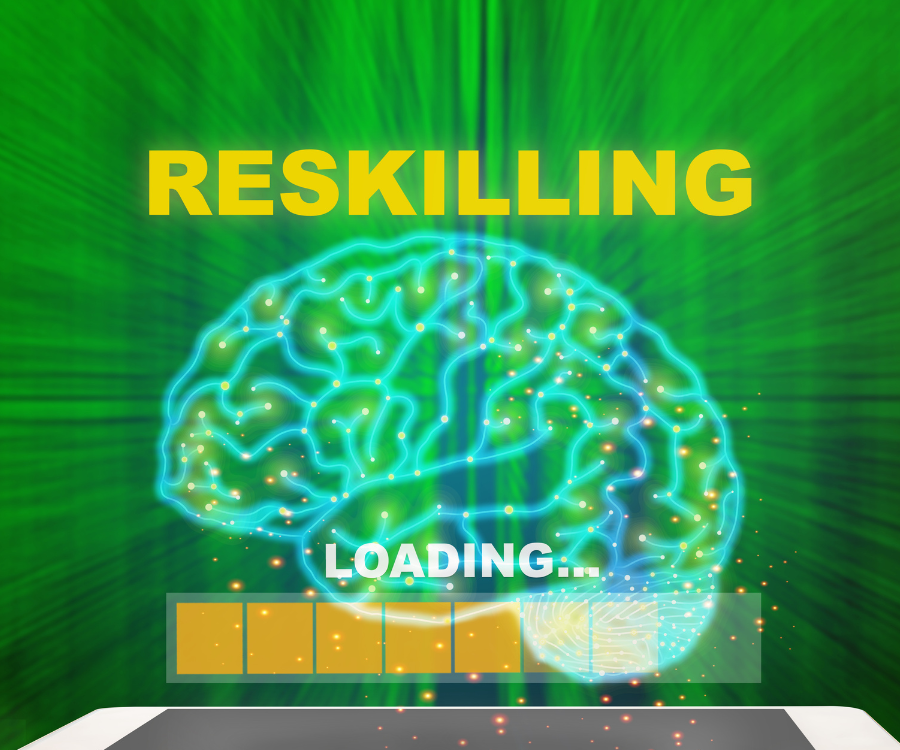The world of work is changing rapidly. New technologies transform roles and processes. In this context, the human factor is crucial. Companies must invest in continuous training and reskilling. This is not just a cost, but a strategic investment. It prepares employees for future challenges. In this article, we explore how to develop effective learning programs.
Why Reskilling Is Fundamental
The speed of change is impressive. Many skills become obsolete. Consequently, companies risk losing competitiveness. Reskilling helps close this gap. It offers employees the opportunity to acquire new abilities. For this reason, a company can retain valuable talent. In addition, employees feel valued and motivated. This results in greater productivity and a better workplace atmosphere.
Identifying Skill Gaps
The first step is analysis. Companies must identify skill gaps. For this purpose, they can use various tools.
1. Skills Mapping
A mapping exercise analyzes the team’s current abilities. It compares them with the skills needed for the future. As a result, a clear view of weaknesses is obtained.
2. Assessments and Feedback
Periodic assessments are useful. They allow for feedback from managers. Furthermore, employees themselves can indicate areas where they wish to grow. This creates a participatory process.
3. Data Analysis
Data can reveal a lot. The analysis of performance and projects can highlight gaps. For example, if a team takes too long on a task, a specific skill might be missing.
Developing Effective Reskilling Programs
Once gaps are identified, it is time to act. Reskilling programs must be targeted and flexible.
1. Personalized Training
A “one-size-fits-all” approach does not work. For this reason, programs must be personalized. E-learning, workshops, or mentoring can be used. Training must adapt to individual and team needs.
2. Integration with Daily Work
Learning must be practical. It is advisable to integrate training into everyday work. Employees can apply new skills immediately. This results in faster and more effective learning.
3. Digital Platforms
Digital platforms are a valuable ally. They offer on-demand courses. In addition, they allow for monitoring progress. This makes training accessible to everyone, anywhere, at any time.
In conclusion, the Reskilling Revolution is a necessity. It is, in fact, a key component of digital transformation. Companies that invest in people not only prepare for the future but also create a more resilient and innovative work environment.


